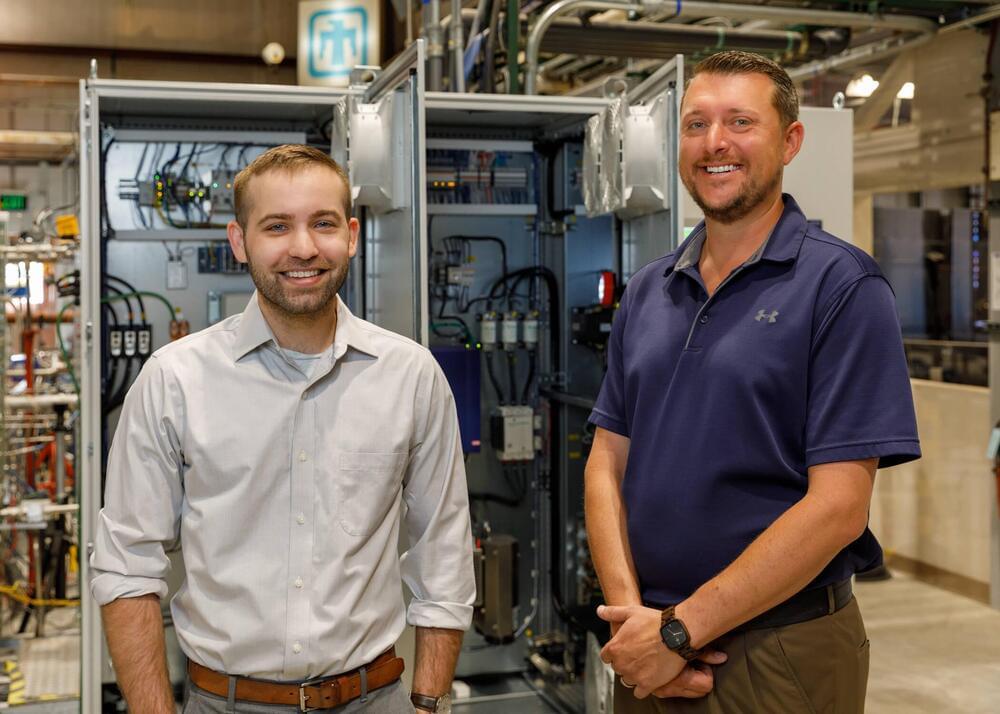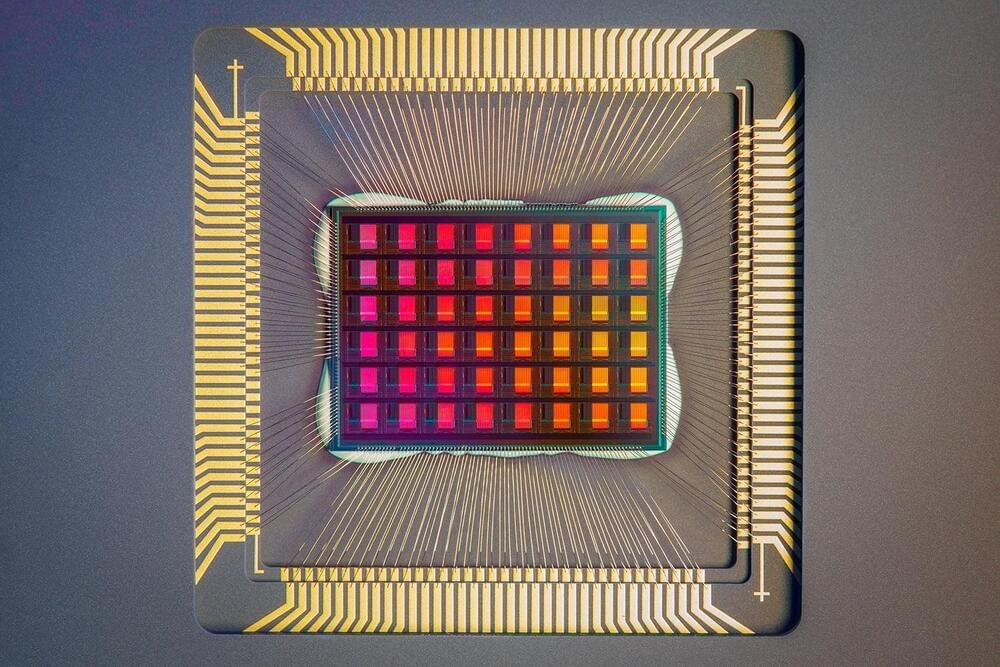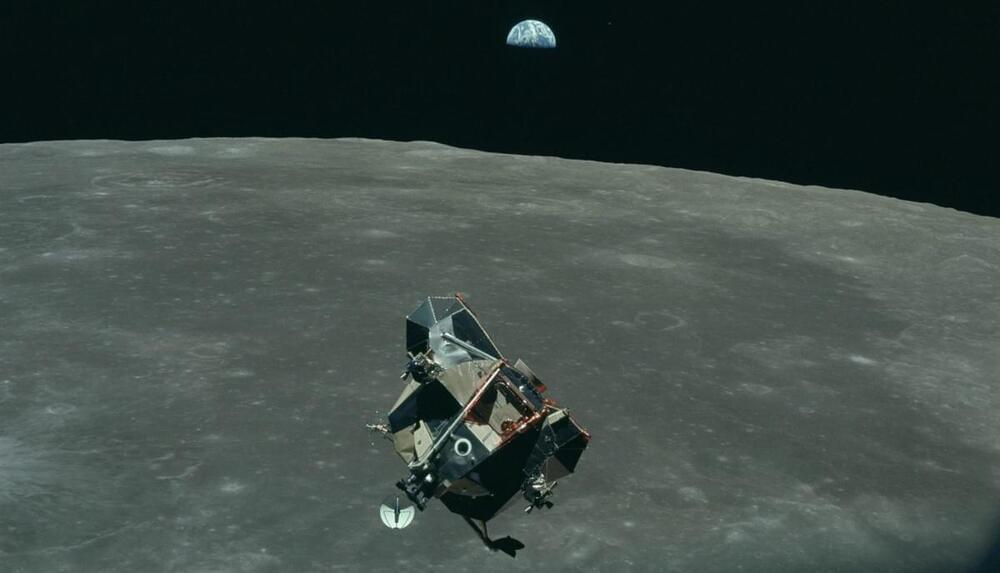New speech representations and self-supervised learning are two of the recent trends that most intrigue him.
Category: futurism – Page 643
Your next wooden chair could arrive flat, then dry into a 3D shape
Wooden objects are usually made by sawing, carving, bending or pressing. That’s so old school! Today, scientists will describe how flat wooden shapes extruded by a 3D printer can be programmed to self-morph into complex 3D shapes. In the future, this technique could be used to make furniture or other wooden products that could be shipped flat to a destination and then dried to form the desired final shape.
The researchers will present their results at the fall meeting of the American Chemical Society (ACS).
In nature, plants and some animals can alter their own shapes or textures. Even after a tree is cut down, its wood can change shape as it dries. It shrinks unevenly and warps because of variations in fiber orientation within the wood. “Warping can be an obstacle,” says Doron Kam, a graduate student who is presenting the work at the meeting, “but we thought we could try to understand this phenomenon and harness it into a desirable morphing.”
A fireproof wood achieves the highest class in burning test thanks to an invisible coating
It can also solve the carbon intensity problem in the construction industry.
Researchers at the Nanyang Technological University (NTU) in Singapore have invented an invisible coating that can be applied to wood to make it fireproof.
Modern-day buildings are built largely using concrete, steel, and glass, which are at low risk from fires. However, the production of these materials is a carbon-intensive process. Mass-engineered timber is a solution to this problem as wood harvested from sustainably managed forests has a lower carbon footprint than steel and concrete. Additionally, it allows for faster construction at lower costs, making it the ideal component for future constructions.


Stop dissing pessimism—it’s part of being human
In today’s society, being happy and having an optimistic attitude are social expectations that weigh heavily on how we live and the choices we make.
Some psychologists have pointed out how happiness has evolved into an industry. In turn, this has created what I call a happiness imperative, the social expectation that we should all aspire to happiness.
But this can be an obstacle to happiness. This is why, as a researcher in philosophical pessimism, I argue that if we actually want to live better lives, pessimism is the philosophical system that can help us achieve it.

Tropical Disturbance Moves Ashore Near Northern Mexico, South Texas
Tropical showers are possible for the Lower Rio Grande Valley through early Sunday, but tropical development is no longer expected. — Articles from The Weather Channel | weather.com

New chip ramps up AI computing efficiency
However, AI functionalities on these tiny edge devices are limited by the energy provided by a battery. Therefore, improving energy efficiency is crucial. In today’s AI chips, data processing and data storage happen at separate places – a compute unit and a memory unit. The frequent data movement between these units consumes most of the energy during AI processing, so reducing the data movement is the key to addressing the energy issue.
Stanford University engineers have come up with a potential solution: a novel resistive random-access memory (RRAM) chip that does the AI processing within the memory itself, thereby eliminating the separation between the compute and memory units. Their “compute-in-memory” (CIM) chip, called NeuRRAM, is about the size of a fingertip and does more work with limited battery power than what current chips can do.
“Having those calculations done on the chip instead of sending information to and from the cloud could enable faster, more secure, cheaper, and more scalable AI going into the future, and give more people access to AI power,” said H.-S Philip Wong, the Willard R. and Inez Kerr Bell Professor in the School of Engineering.
Modeling the Mind: From Buddhism to Artificial General Intelligence
Discussion with Joscha Bach, Marcus Bingenheimer, Pei Wang, and Simon Wiles about Buddhist models of the mind and contemporary research in Artificial General Intelligence.
This event was a Global Studies webinar, co-sponsored by the Science, Technology, and Society CHAT Interdisciplinary Research Group, and the Temple University Libraries. It took place on 2021/03/05.
To view other library event recordings, visit: https://library.temple.edu/watchpastprograms

Five Fictional Realities in “For All Mankind”
Alternate history has never been more entertaining than in the hit Apple TV+ series, “For All Mankind.” The science fiction television show is so popular that it was renewed for a fourth season even before Season 3 ended on August 12, 2022.
Unlike most science fiction, “For All Mankind” re-imagines the past instead of envisioning the future. Starting in the 1960s and running through the 1990s in Season 3, the series is built around the space race that began with the United States and the Soviet Union competing to reach the moon. But in the fantastical world created by “For All Mankind,” things turn out very differently. Here are five fictional realities showing how the series cleverly rewrites history.

New Model for Predicting Belief Change
Summary: A new predictive model is able to determine who will change their minds about contentious scientific information when presented with evidence-based research.
Source: Santa Fe Institute.
A new kind of predictive network model could help determine which people will change their minds about contentious scientific issues when presented with evidence-based information.